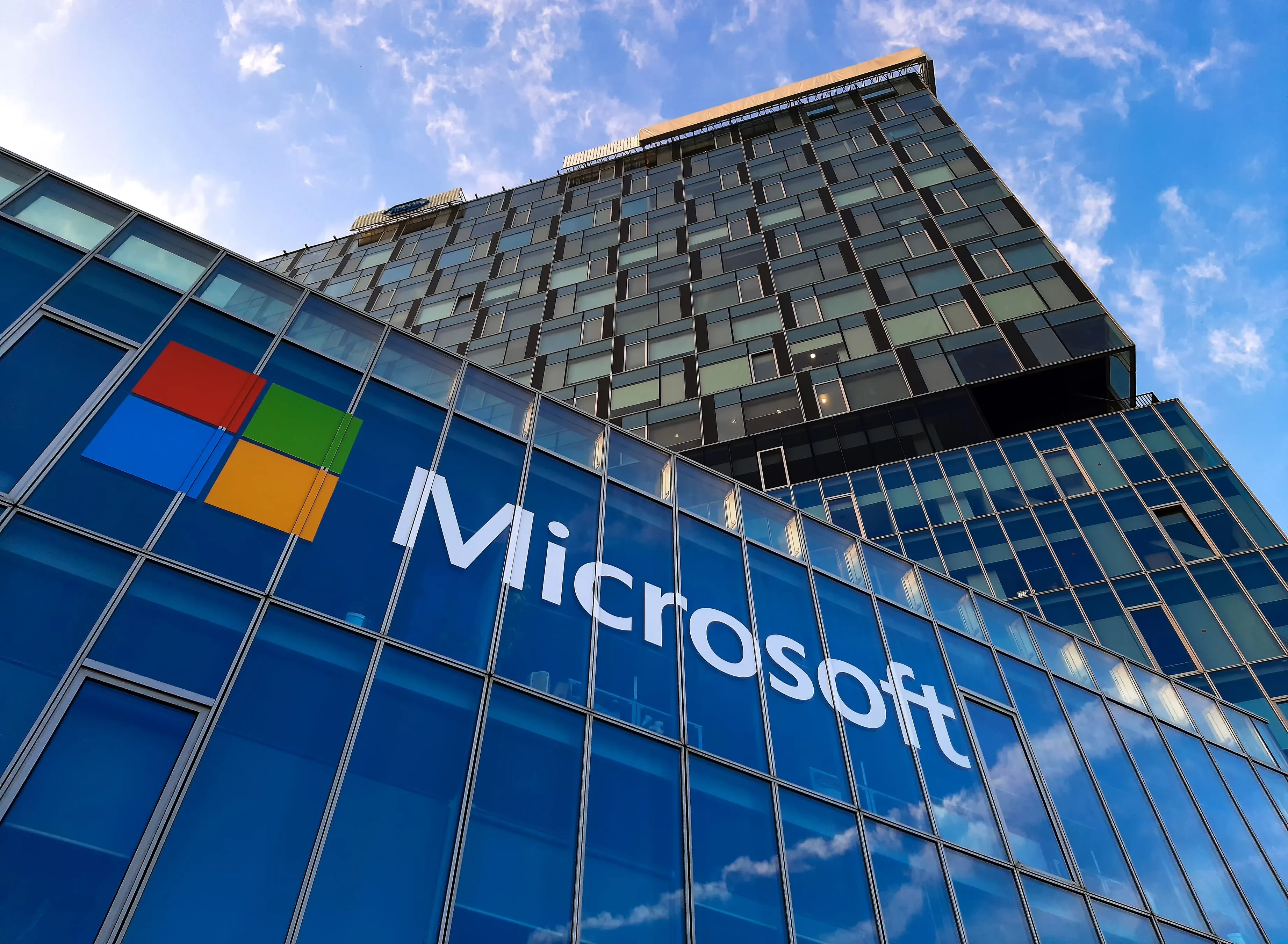Since the onset of bank stress, sectors of the S&P 500 have followed divergent paths
During these times of financial instability, investors are betting that the Federal Reserve will have to loosen monetary policy sooner rather than later due to a general slowdown and tighter lending conditions.
Investing in technology companies produced immediate cash for holders after Silicon Valley Bank collapsed unexpectedly last year, so investors have switched gears.
After the 2008 financial crisis, investors piled back into tech giants that propelled the market's advance. Furthermore, they avoided stocks considered to be cyclical, or sensitive to economic performance. S&P 500 segments in materials, real estate, and industrials all fell more than 4% last month.
Despite a 1.4% rise over the past month, the S&P 500 has been relatively resilient following the bank crisis. However, there has been more action beneath the surface.
According to S&P Global, dispersion has increased from 23% to 31% in March, a measure of the spread of individual stock returns. According to historical data, March's reading exceeded the 75th percentile. Stock returns are more likely to differ when the dispersion percentage is high.
Sean Sun, a portfolio manager at Thornburg Investment Management, said tighter lending standards would create winners and losers. Credit isn't necessary for technology companies to grow. Some industries, such as cyclicals, do.
During the last month, small and midsized banks lost a lot of deposits. Banks make loans with deposits, so lending will also decrease. During the process of regaining investor confidence, banks will also build larger cash buffers and take fewer risks with future loans. There may be a lack of credit for some companies that need to grow.
Likewise, Fed officials admit their rate-raising campaign may end sooner than expected due to stress in the banking system.
Big tech companies are expected to benefit from both factors: They have more cash on hand than companies in other industries, so they are less dependent on credit. When investors expect to earn outsized profits in the future, they thrive in lower-interest-rate environments.
Over the past month, Apple Inc. shares have risen 9.7% and 27% in 2023, respectively. These periods have seen Microsoft Corp.'s stock rise 20% and 12%, respectively. A number of billions of dollars of cash are already in the hands of both companies.
A recession will leave tech stocks vulnerable, even though they tumbled last year. Over the next 12 months, the tech sector is expected to earn 24.7 times earnings, while the communication-services sector is expected to earn 16.6 times earnings. A multiple of 18.3 is comparable to that of the S&P 500.
S&P 500 sectors in which big tech stocks reside--information technology and communication services--have risen over 7% over the past month. Tech-focused Nasdaq-100 Index rose more than 20% from its December lows to reach its highest level since August.
In a note last week, Goldman Sachs Group Inc.'s chief markets economist Dominic Wilson wrote, "The market has already expressed its views on the market's response to monetary tightening shifting to credit tightening." There will be a substantial growth hit from credit constraints that will lead to a substantial shift in monetary policy, but it will be highly concentrated in areas where credit is a necessity, especially smaller banks.
A number of sources of financing are available to the companies that make up the S&P 500, but regional bank lending is not a major source of financing. Smaller companies are likely to be affected by any slowdown in lending to them, as well as larger companies in cyclical industries.
As a result, smaller companies' shares have performed worse than those of large companies. The S&P 600 has fallen 8.7% in the last month, a measure of small-cap stocks with market values between $750 million and $4 billion. There has been a 6.8% decline in the midcap version of the index
Also, bond markets have rapidly repriced, indicating traders believe the Fed's rate-hiking cycle is nearing an end. Historically, the two-year Treasury yield, which is sensitive to short-term rates, peaked at 5% on March 8 and fell to 3.831% since then. At the Fed's next policy meeting in May, traders on CME Group are pricing in a 60% chance that the policy rate will stay unchanged.
Wall Street is rapidly adjusting its forecasts for the Federal Reserve's policy rate and overall economic growth in response to tighter lending standards, even though they are difficult to quantify in the short run.
Due to tighter bank lending standards, BNP Paribas SA analysts forecast a Fed-funds rate of 5.25%, down from their previous forecast of 5.75%. The change in lending standards, however, has raised Goldman Sachs' prediction of a recession in the U.S. to 35% from 25% over the next 12 months.
There is no evidence of a bank credit crunch, according to analysts at Moody's Investors Service, despite tightening funding conditions for banks. According to the firm, loan growth has not decelerated significantly from February levels despite tighter funding conditions for banks.
In the present day, Yung-Yu Ma, chief investment strategist at BMO Wealth Management, said the stock market is trying to balance some enthusiasm over what is expected to be lower rates, but concerns about whether the economic slowdown will actually take hold.

Subscribe to our newsletter!
As a leading independent research provider, TradeAlgo keeps you connected from anywhere.








